Home>Gardening & Outdoor>Landscaping Ideas>How Long For Rye Grass Seed To Sprout
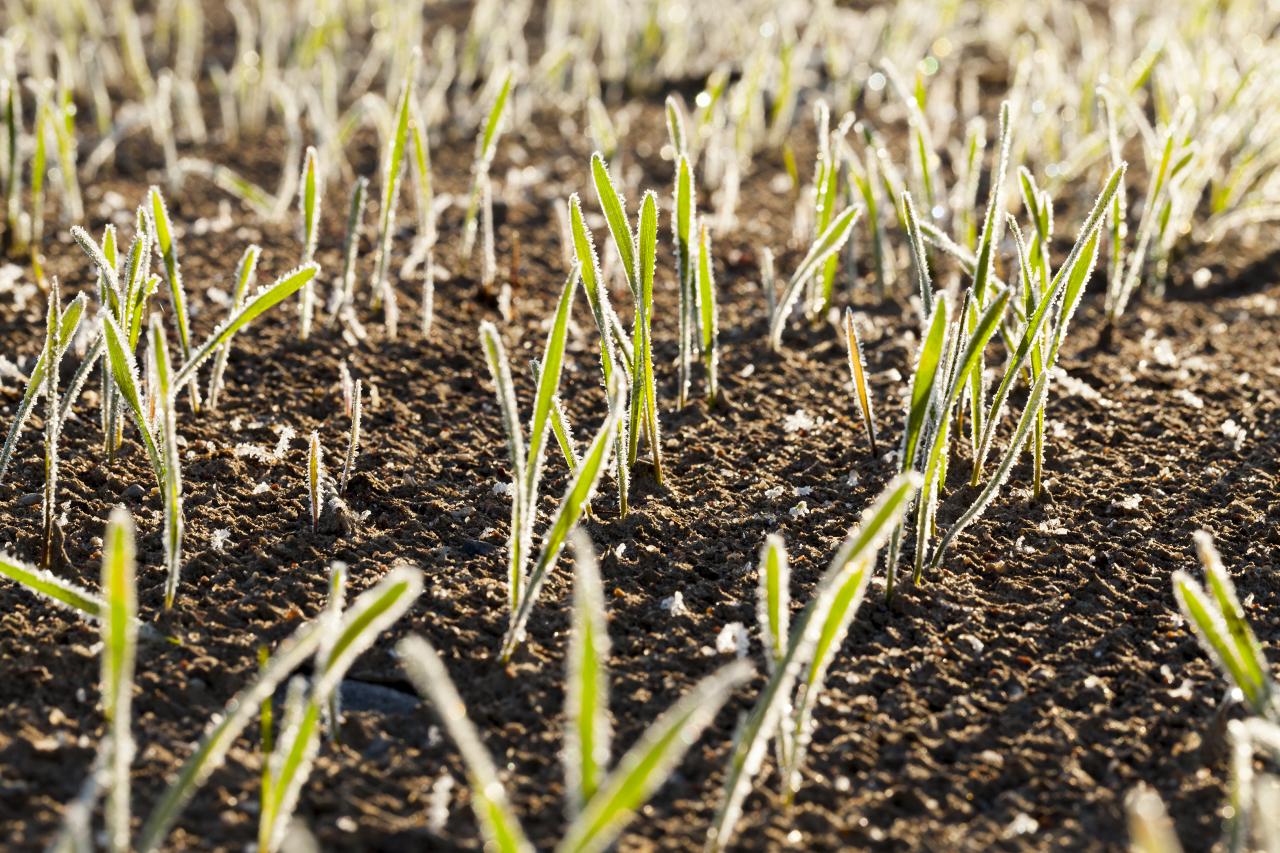

Landscaping Ideas
How Long For Rye Grass Seed To Sprout
Modified: August 19, 2024
Discover landscaping ideas and learn how long it takes for rye grass seed to sprout. Find helpful tips for successful lawn care and maintenance.
(Many of the links in this article redirect to a specific reviewed product. Your purchase of these products through affiliate links helps to generate commission for Storables.com, at no extra cost. Learn more)
Introduction
Rye grass, known for its lush green appearance and resilience, is a popular choice for lawns, sports fields, and pastures. Whether you're a seasoned gardener or a novice enthusiast, understanding the germination process of rye grass seeds is crucial for achieving a vibrant and healthy lawn. The journey from sowing the seeds to witnessing the first tender sprouts emerge is a fascinating and rewarding experience.
In this comprehensive guide, we will delve into the factors influencing the germination of rye grass seeds, the optimal conditions for sprouting, the typical timeframe for germination, and valuable tips to ensure successful seed sprouting. By the end of this article, you will be equipped with the knowledge and insights to cultivate a thriving rye grass lawn or pasture. Let's embark on this green-fingered adventure and unravel the mysteries of rye grass seed germination!
Key Takeaways:
- Rye grass seeds typically sprout within 5 to 10 days when planted in well-prepared soil with consistent moisture and optimal temperature. Patience and attentive care are key to nurturing the delicate seedlings.
- Creating the ideal conditions for rye grass seed sprouting, such as protecting from erosion and monitoring soil moisture, is crucial for cultivating a vibrant and resilient lawn or pasture.
Read more: How Long For Seeds To Sprout
Factors Affecting Rye Grass Seed Germination
The germination of rye grass seeds is influenced by various factors, each playing a crucial role in the sprouting process. Understanding these factors is essential for creating an environment conducive to successful germination. Here are the key elements that impact the germination of rye grass seeds:
- Soil Temperature: Rye grass seeds require an optimal soil temperature for germination, typically ranging between 50 to 65 degrees Fahrenheit. Extreme temperatures, either too cold or too hot, can hinder the germination process.
- Soil Moisture: Adequate moisture is vital for seed germination. Insufficient moisture can impede the sprouting of rye grass seeds, while excessive water content can lead to rot and fungal issues.
- Soil Quality: The overall quality of the soil, including its texture, drainage, and nutrient content, significantly impacts seed germination. Well-draining, loamy soil enriched with organic matter provides an ideal foundation for rye grass seed sprouting.
- Light Exposure: While some seeds require exposure to light for germination, rye grass seeds are an exception and typically germinate best when placed beneath a light layer of soil.
- Air Circulation: Proper air circulation in the soil is essential for the exchange of gases during germination. Compacted soil or excessive mulch can hinder air circulation and impede seed sprouting.
- Seed Depth: The depth at which rye grass seeds are sown can impact their germination. Ideally, the seeds should be planted at a depth of around 1/4 to 1/2 inch for optimal sprouting.
By considering and optimizing these factors, gardeners and landscapers can create an environment that maximizes the potential for successful rye grass seed germination. The next section will explore the ideal conditions required for rye grass seed sprouting, providing valuable insights for cultivating a thriving lawn or pasture.
Ideal Conditions for Rye Grass Seed Sprouting
Creating the ideal conditions for rye grass seed sprouting is essential to kickstart the germination process and foster healthy growth. By optimizing various environmental factors, gardeners and landscapers can provide the perfect foundation for the seeds to awaken and emerge as vibrant seedlings. Here are the key components of the ideal conditions for rye grass seed sprouting:
- Optimal Soil Temperature: As previously mentioned, maintaining a soil temperature between 50 to 65 degrees Fahrenheit is crucial for rye grass seed germination. Utilizing a soil thermometer can help ensure that the conditions are within the preferred range.
- Consistent Soil Moisture: Keeping the soil consistently moist, but not waterlogged, is vital for supporting seed germination. Regular monitoring and light watering can help maintain the necessary moisture levels for successful sprouting.
- Well-Prepared Soil: Prior to sowing the rye grass seeds, preparing the soil by tilling, removing debris, and incorporating organic matter can create an optimal environment for seed germination. This process enhances soil aeration, drainage, and nutrient availability.
- Protection from Erosion: Implementing erosion control measures, such as mulching or utilizing erosion control blankets, can safeguard the seeds and emerging seedlings from being washed away or destabilized by environmental factors.
- Appropriate Seed Depth: Planting the rye grass seeds at the recommended depth of 1/4 to 1/2 inch ensures that they are positioned optimally for sprouting while remaining protected and supported by the soil.
- Regular Monitoring: Observing the soil moisture, temperature, and the emergence of seedlings is essential for making timely adjustments and addressing any issues that may arise during the germination process.
By meticulously curating these ideal conditions, gardeners and landscapers can set the stage for successful rye grass seed sprouting, laying the groundwork for a vibrant and flourishing lawn or pasture. The subsequent section will delve into the typical timeframe for rye grass seed germination, offering valuable insights into what to expect during this pivotal stage of growth.
Rye grass seed typically takes 5-10 days to sprout when planted in well-prepared soil and kept consistently moist. Keep an eye on the weather and water accordingly to help the seeds germinate faster.
Timeframe for Rye Grass Seed Germination
Patience is key when awaiting the emergence of rye grass seedlings. Understanding the typical timeframe for rye grass seed germination is essential for managing expectations and monitoring the progress of the sprouting process. While the exact duration can vary based on environmental conditions and seed quality, a general timeframe can provide valuable guidance for gardeners and landscapers. Here’s what to expect during the rye grass seed germination process:
Rye grass seeds are known for their relatively rapid germination compared to other grass species. Under optimal conditions, rye grass seeds typically begin to sprout within 5 to 10 days after sowing. The first tender shoots may emerge from the soil, signaling the beginning of the seedling stage. However, it’s important to note that environmental factors, such as temperature fluctuations and moisture levels, can influence the precise timing of germination.
During the initial phase of germination, the emerging seedlings may appear delicate and require careful attention to ensure their continued growth. Regular monitoring of soil moisture, protection from extreme weather conditions, and providing adequate light and air circulation are essential for nurturing the developing seedlings.
As the days progress, the rye grass seedlings will continue to grow and strengthen, gradually forming a lush green carpet of grass. By around 14 to 21 days post-sowing, the seedlings will have established themselves, displaying robust growth and a promising outlook for further development.
It’s important to bear in mind that while the majority of rye grass seeds may sprout within the initial timeframe, some seeds may exhibit delayed germination. This natural variation is normal, and maintaining consistent care and monitoring will support the overall success of the germination process.
By understanding the typical timeframe for rye grass seed germination, gardeners and landscapers can anticipate the stages of growth and proactively address any challenges that may arise during this critical period. The subsequent section will provide valuable tips for ensuring successful rye grass seed sprouting, empowering enthusiasts to cultivate vibrant and resilient rye grass lawns and pastures.
Tips for Successful Rye Grass Seed Sprouting
Embarking on the journey of rye grass seed sprouting requires a blend of patience, knowledge, and attentive care. By incorporating proven tips and best practices, gardeners and landscapers can maximize the likelihood of successful rye grass seed germination, laying the groundwork for a thriving lawn or pasture. Here are valuable tips to ensure the successful sprouting of rye grass seeds:
- Select High-Quality Seeds: Choosing high-quality rye grass seeds from reputable suppliers is paramount for achieving successful germination. Opt for certified seeds with high germination rates and minimal presence of inert matter or contaminants.
- Prepare the Soil Thoroughly: Prior to sowing the seeds, prepare the soil by removing debris, tilling to improve aeration, and incorporating organic matter to enhance nutrient availability. Well-prepared soil sets the stage for healthy seed germination.
- Monitor Soil Moisture: Regularly assess the moisture levels of the soil, ensuring it remains consistently moist but not waterlogged. Light watering may be necessary to maintain the optimal moisture balance, especially during dry or warm periods.
- Protect from External Factors: Shield the sown seeds and emerging seedlings from potential threats such as heavy rainfall, strong winds, or excessive direct sunlight. Utilize protective measures such as mulch or shade cloth to mitigate these risks.
- Provide Adequate Nutrients: While the initial focus is on sprouting, ensuring that the soil is enriched with essential nutrients, such as nitrogen, phosphorus, and potassium, can support the ongoing growth and development of the rye grass seedlings.
- Maintain Optimal Temperature: Monitor and regulate the soil temperature to ensure it remains within the preferred range for rye grass seed germination. Utilize protective coverings or mulch to moderate temperature fluctuations.
- Monitor and Adjust: Regularly observe the progress of seed germination and the emergence of seedlings. Make adjustments to the watering schedule, protection measures, and environmental conditions based on the specific needs observed during the germination process.
- Exercise Patience: Recognize that the germination process is a natural and gradual journey. Exercise patience and maintain consistent care and attention, allowing the seeds to sprout and the seedlings to establish themselves at their own pace.
By implementing these tips, enthusiasts can cultivate an environment that optimizes the potential for successful rye grass seed sprouting. The collective impact of these practices sets the stage for vibrant, resilient, and visually captivating rye grass lawns and pastures.
Read more: How Long Will Rye Grass Last
Conclusion
The journey from sowing rye grass seeds to witnessing the tender emergence of vibrant seedlings is a testament to the natural wonders of plant growth. Throughout this guide, we’ve explored the intricate facets of rye grass seed germination, shedding light on the factors influencing sprouting, the ideal conditions for successful germination, the typical timeframe for seed emergence, and valuable tips for nurturing the seeds to vibrant life.
By understanding the interplay of soil temperature, moisture, quality, and environmental factors, gardeners and landscapers can create an optimal environment that fosters the successful germination of rye grass seeds. The careful curation of these conditions, coupled with the implementation of best practices and attentive care, sets the stage for the emergence of resilient and lush rye grass lawns and pastures.
As enthusiasts embark on the journey of rye grass seed sprouting, the virtues of patience, observation, and adaptability come to the forefront. Each seed’s journey from dormancy to sprouting is a unique and awe-inspiring process, influenced by the subtle nuances of its environment and the attentive care it receives. By exercising patience and maintaining a watchful eye, gardeners can guide the seeds through the transformative stages of germination, supporting their growth into flourishing green landscapes.
Ultimately, the successful sprouting of rye grass seeds heralds the promise of vibrant, resilient, and visually captivating lawns and pastures. From the tender emergence of the first seedlings to the lush expanse of greenery, the journey of rye grass seed germination embodies the harmonious dance between nature’s forces and human stewardship.
Armed with the knowledge and insights gleaned from this guide, enthusiasts are poised to embark on their own green-fingered adventures, cultivating thriving rye grass landscapes that stand as testaments to the beauty and resilience of nature.
As the rye grass seeds nestle into the soil, awaiting their moment to sprout and grow, so too does the promise of a vibrant and flourishing landscape take root in the hearts of those who tend to them with care and dedication.
Frequently Asked Questions about How Long For Rye Grass Seed To Sprout
Was this page helpful?
At Storables.com, we guarantee accurate and reliable information. Our content, validated by Expert Board Contributors, is crafted following stringent Editorial Policies. We're committed to providing you with well-researched, expert-backed insights for all your informational needs.
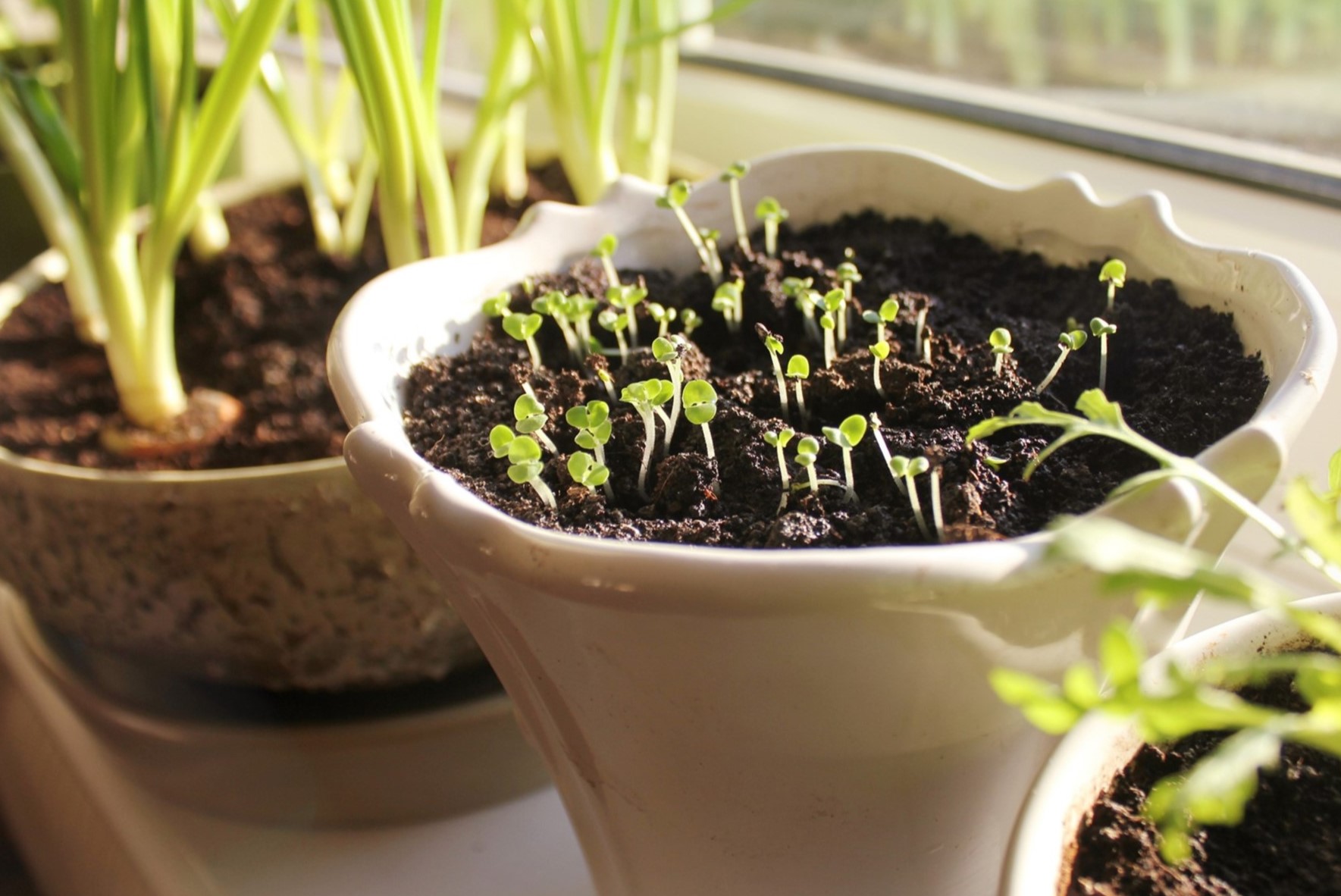
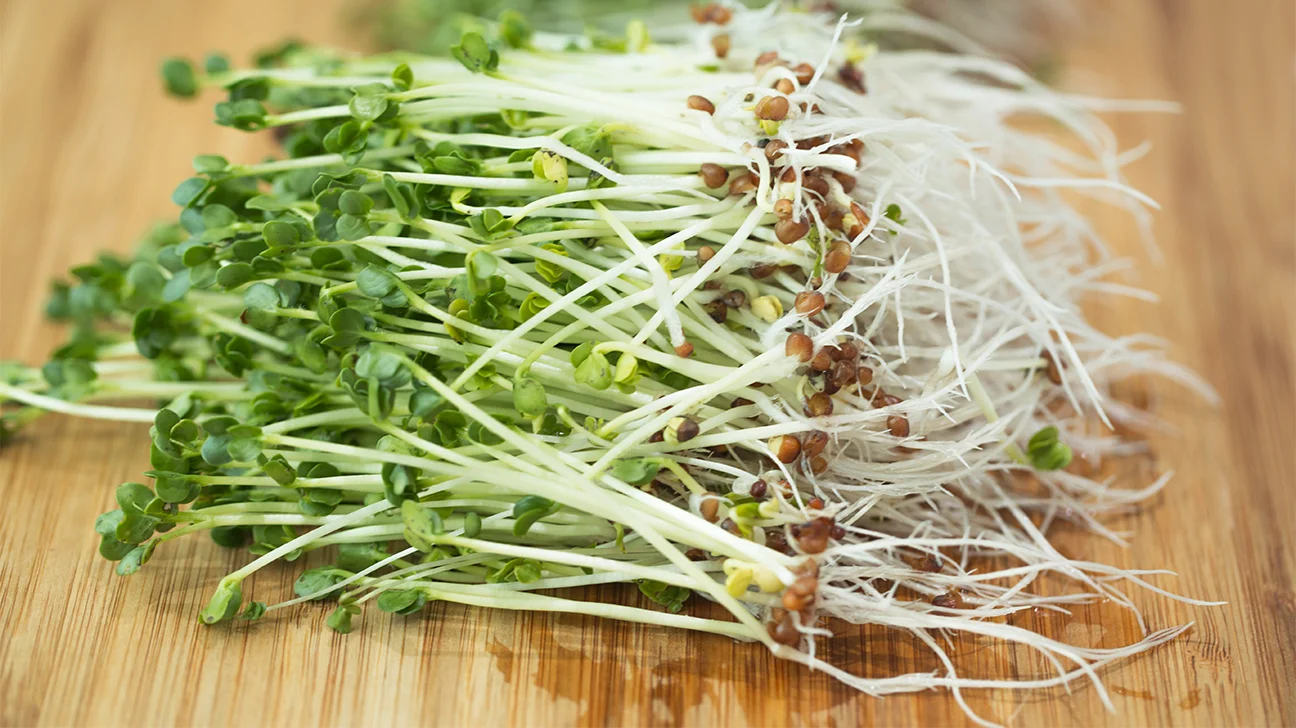
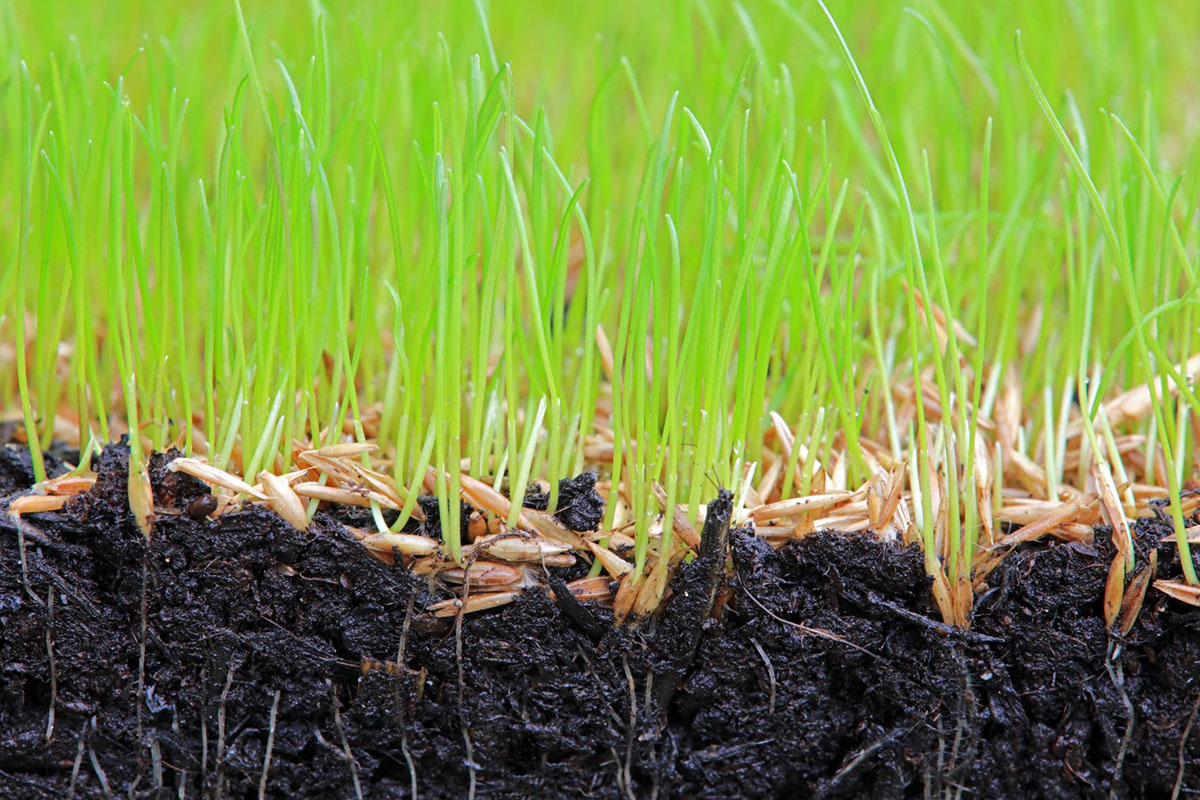
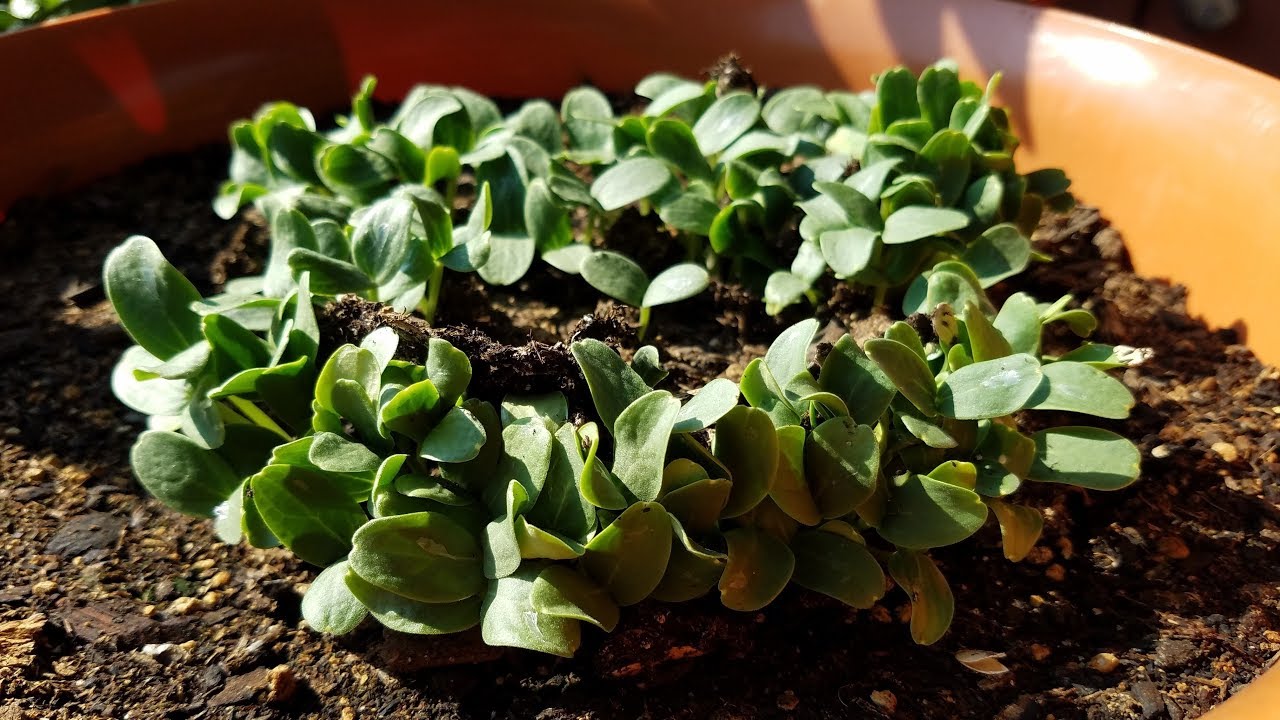

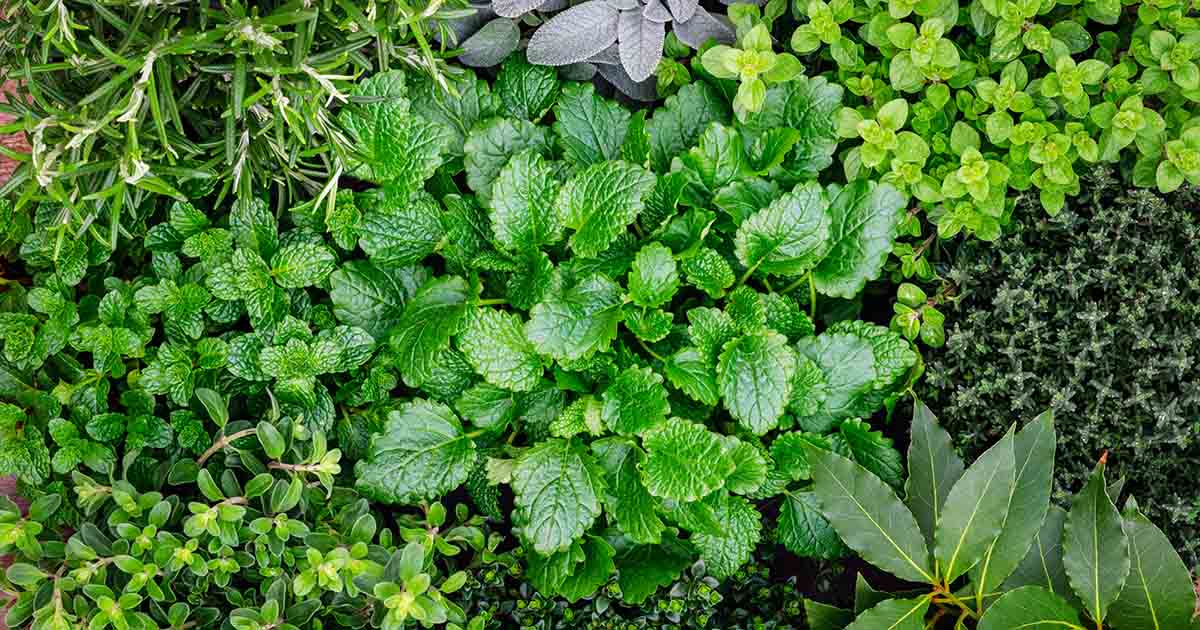
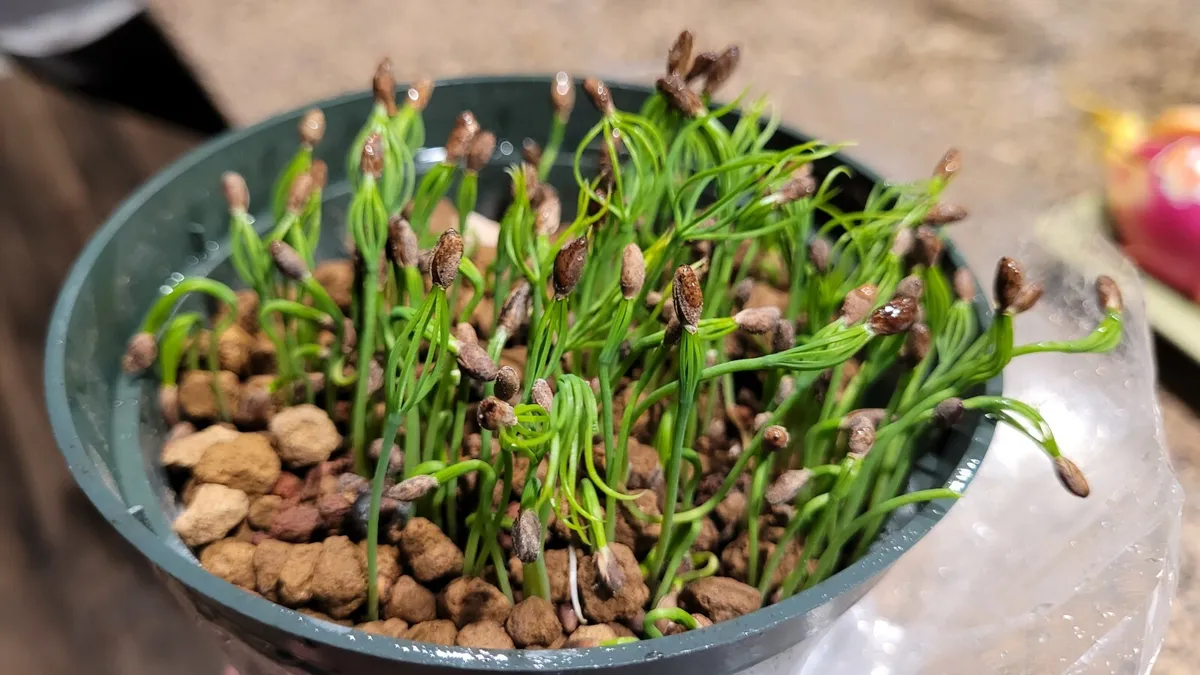
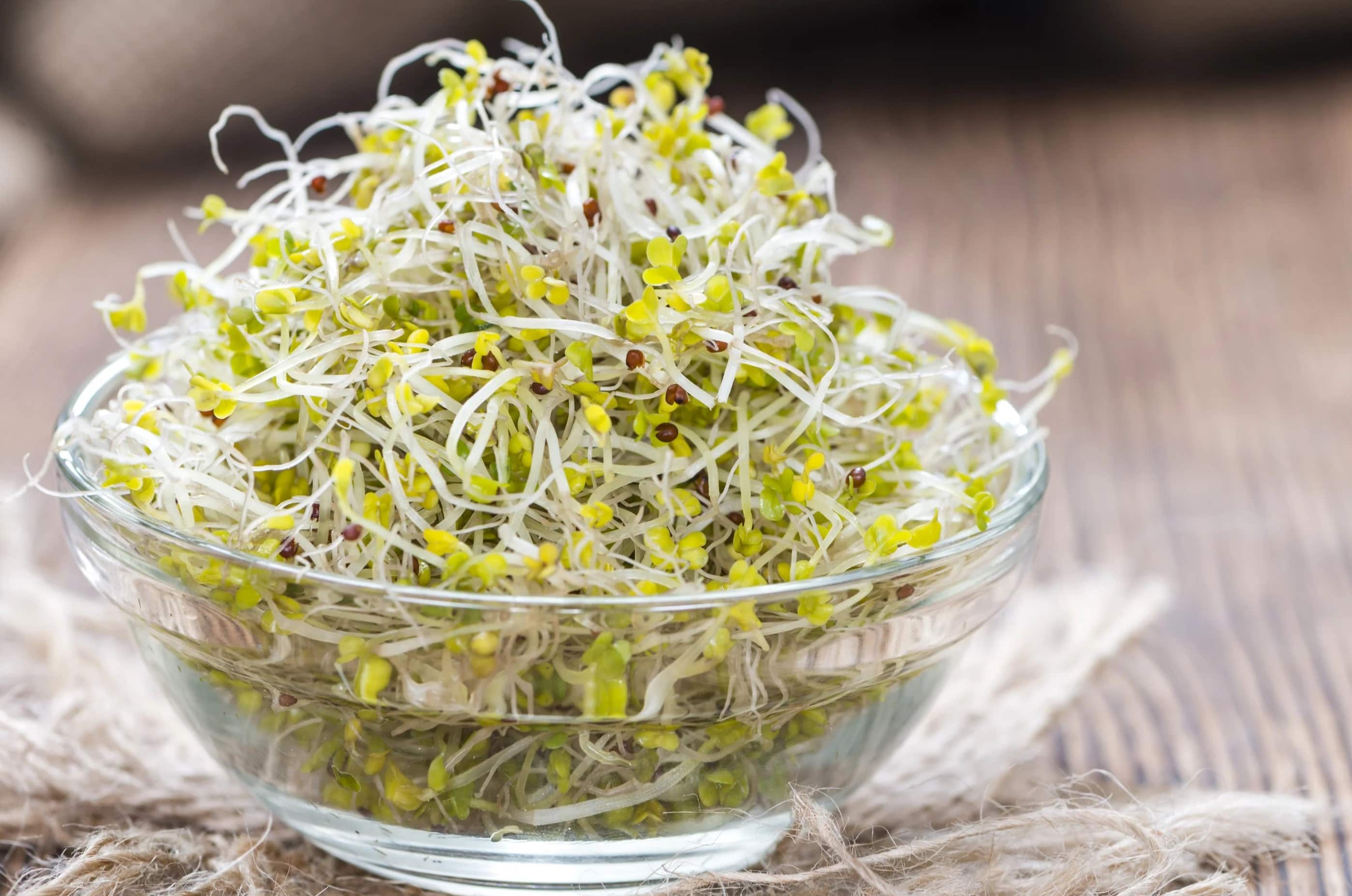
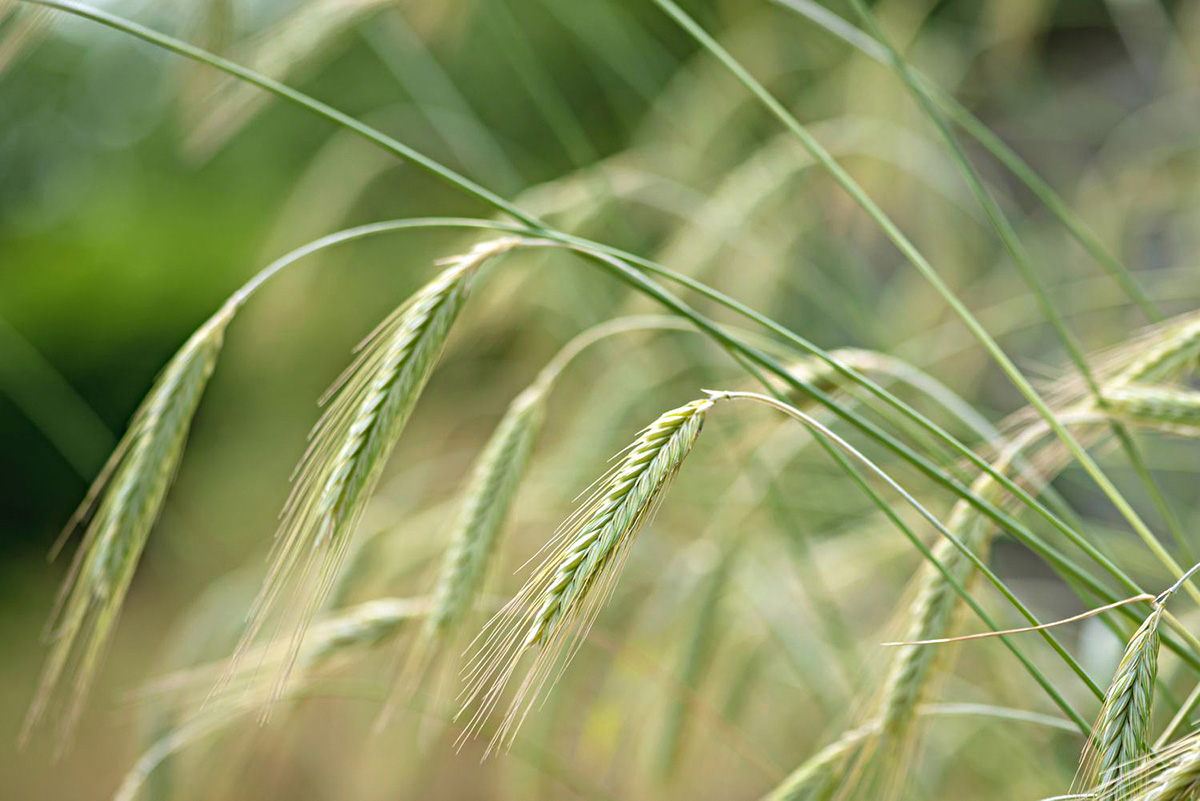
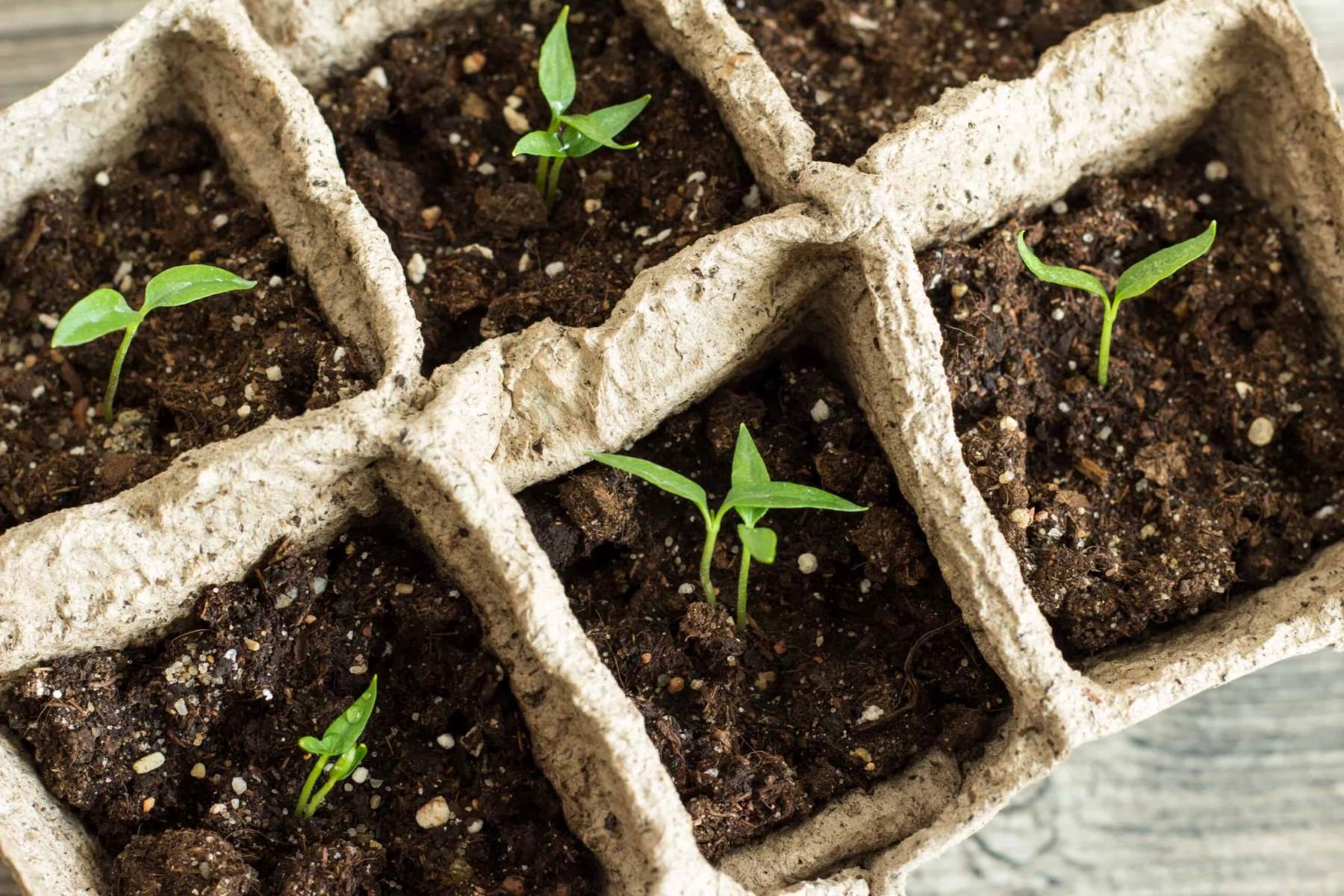
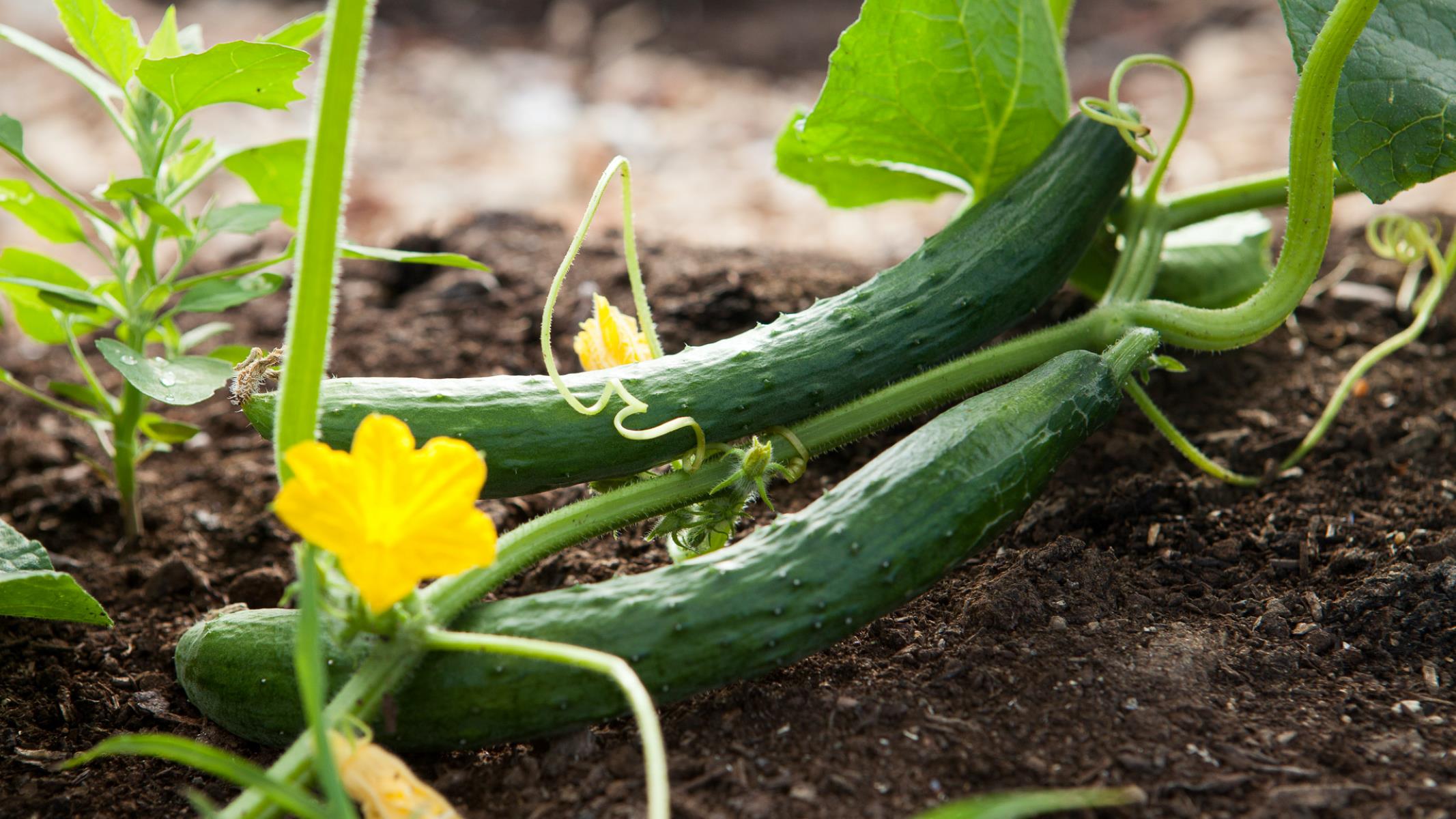
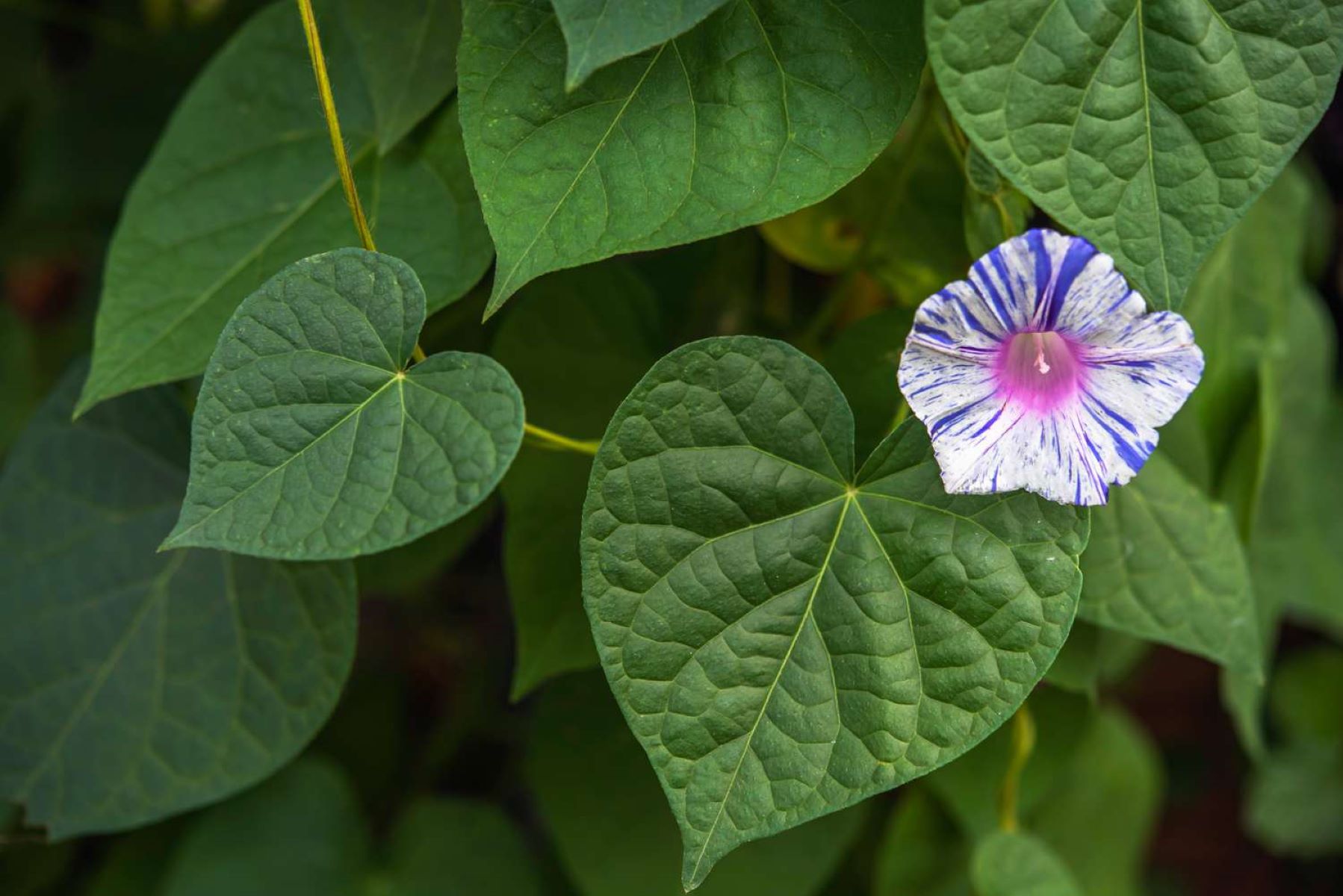
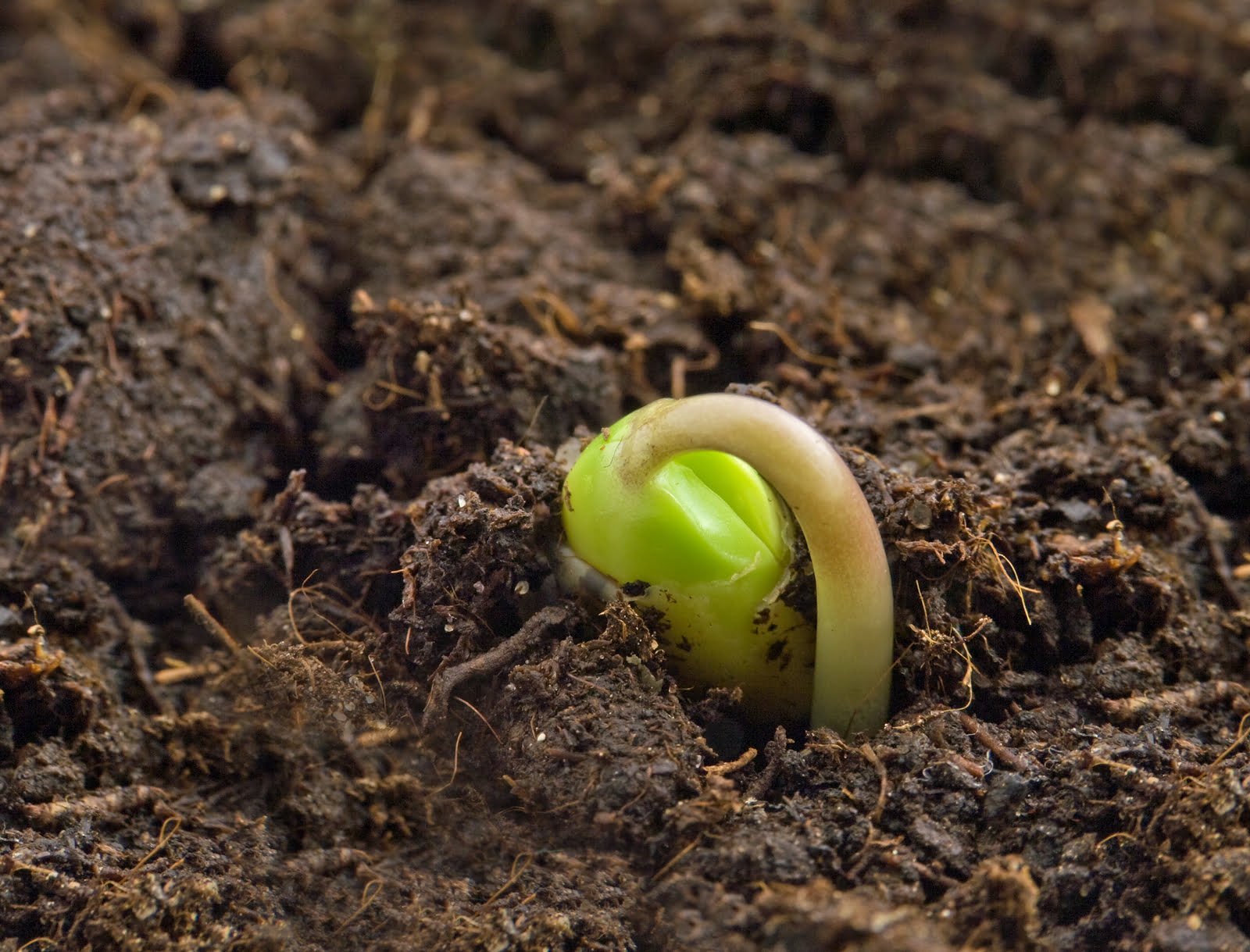
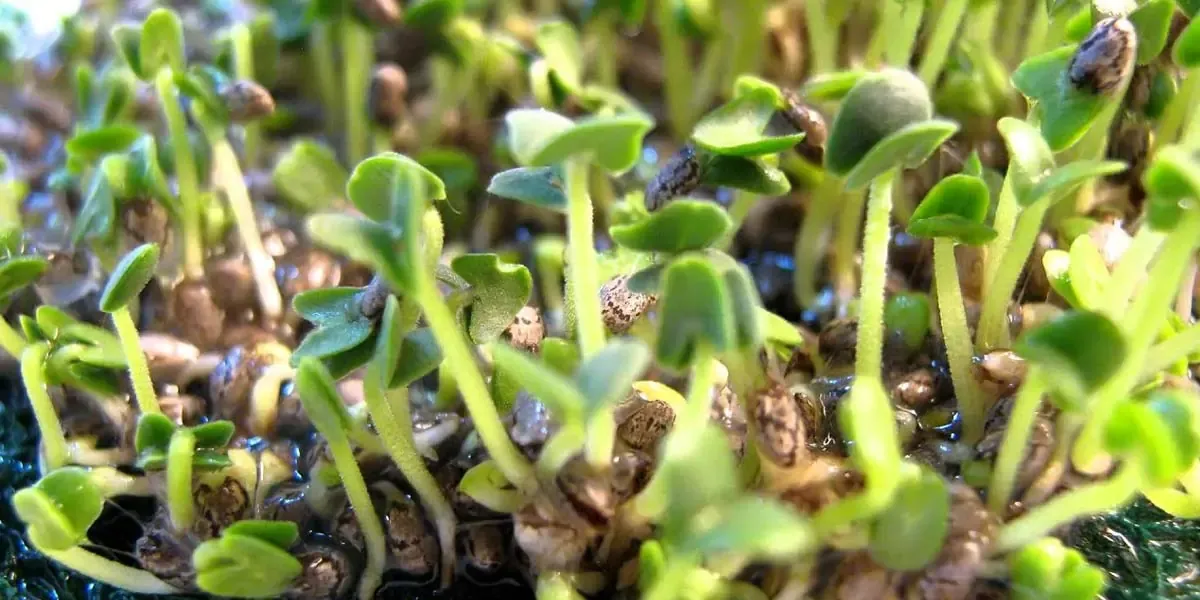

0 thoughts on “How Long For Rye Grass Seed To Sprout”